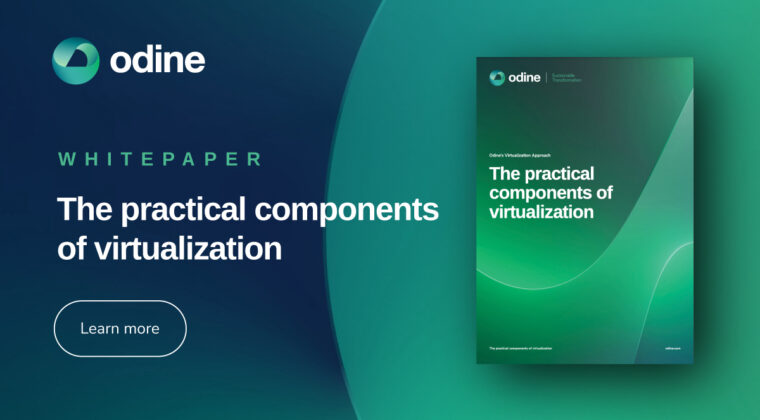Traditional international operators built out their technologies over the past few decades. As it wasn’t a serious consideration during those days, these solutions were not designed to integrate with one another, and as more siloed solutions were added, this has turned into a significant challenge.
Traditional Global Operators invested heavily in infrastructure in the last few decades, due to the ever-evolving technologies these systems/solutions have become absolute and less agile. This has been challenging for operators to maximize productivity and reduce costs.
Equally, BSS and OSS systems have often been acquired from large and slow-moving vendors. This has limited organizations’ abilities to update technologies and adapt to changing market dynamics with any sort of agility.
As a result, operators are now struggling to keep pace with new market demands.
One of the biggest recent changes in the international voice market has been the introduction of Origin Based Routing (OBR), which has introduced complexity in how organizations manage and operate. In addition, surcharges or penalties for non-compliance are a concern for operators.
Creating a more agile – and value-led – infrastructure stack that leverages market–leading solutions (through comprehensive service management) will be an important next step in evolving telco business models. This will put telcos, and their technology stacks, in a future-proofed position.
Embracing open architectures
A more collaborative, open approach to building technology suites through best of breed can deliver on this in a big way. In fact, this approach is growing in popularity, offering cost savings on many factors from integration to long vendor contracts, and helping to overcome issues with disparate technologies.
Organizations no longer need to be vendor-centric at the expense of price or quality. Instead, they can focus on the solutions that offer the best capabilities for their needs, have the best prices for their budget, and will optimize operational efficiencies. Then, these best of breed options can be converged under one OSS/BSS solution.
Evolving towards best of breed technologies
This is also a much more accessible way for telcos to update their technology suites and adopt innovative features and functionalities with responsive agility. For example, features like real-time call validation, fraud management control, and data intelligence, are all now considered must-haves.
A more open technology approach allows these capabilities, and others as demands change, to be easily introduced into telco ecosystems.
Altogether, these benefits empower telcos with the agility and flexibility to embrace innovation and monetize new services or products. Interestingly, this environment will force vendors and other stakeholders to meet consumer expectations for best-of-breed solutions, while also improving their proposition in terms of price, quality, efficiency, integration, and more.
This is our second piece in a series discussing the key priorities every operator should have on their journey towards transformation.
















